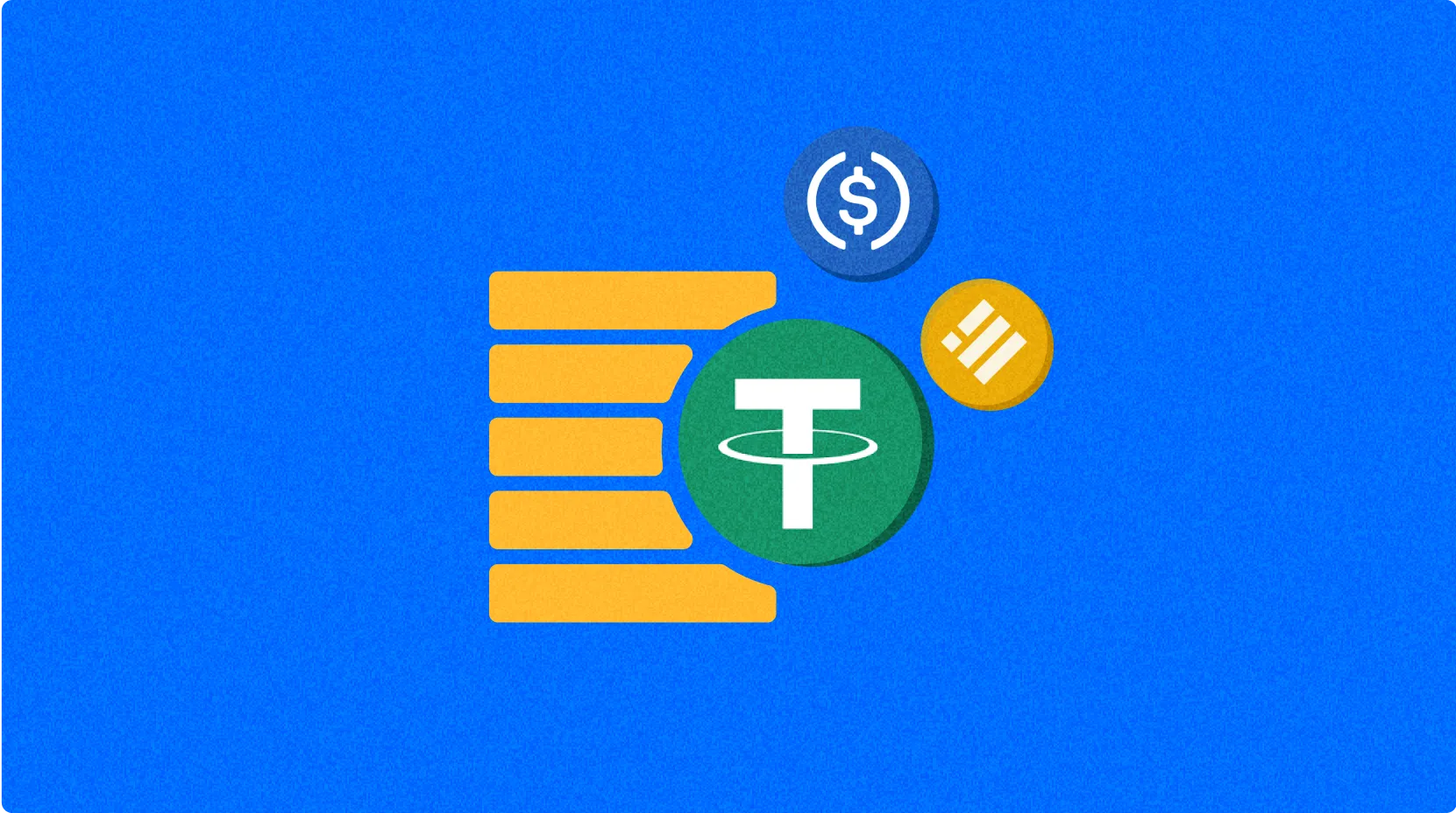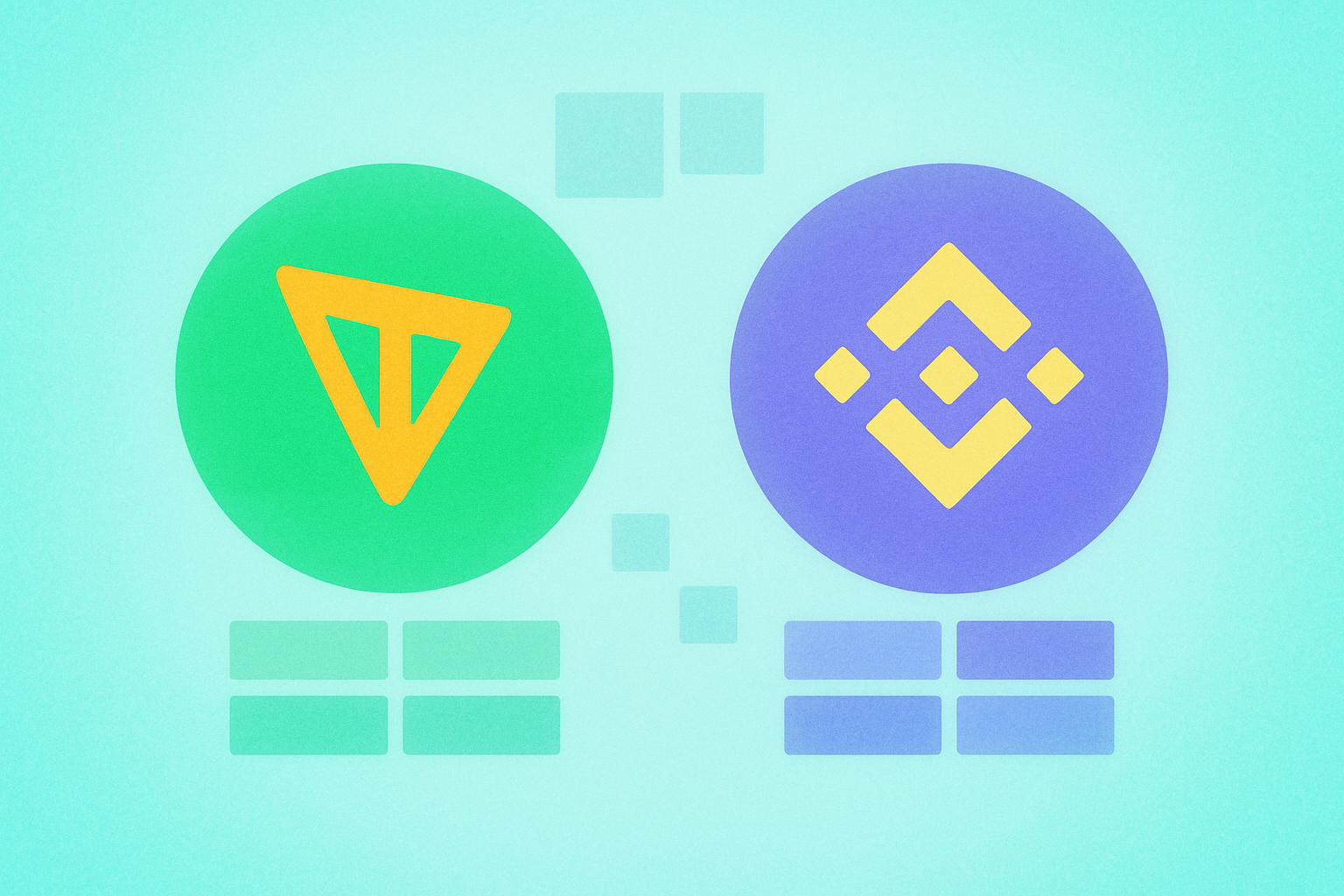Kripto sektöründe Rakip Analizi ile Kıyaslama arasındaki fark nedir?


Kripto sektörü için rakip analizi ve benchmarking yöntemlerinde metodolojik farklar
Rakip analizi ile benchmarking, her ikisi de değerlendirme yöntemi olsa da, kripto para dünyasında farklı amaçlara hizmet eder. Temelde rakip analizi, belirli rakipleri incelemeye odaklanırken; benchmarking ise sektörde kabul görmüş en iyi uygulamalar ile kıyaslama yapar.
Rakip analizi sürecinde, kripto işletmeleri genellikle diğer borsaların güvenlik önlemlerini, işlem ücreti yapılarını ve piyasa konumunu değerlendirir. Bu yaklaşım rakip eksenlidir ve pazardaki belirli oyunculara göre rekabet avantajları veya zayıflıkları tespit etmeyi hedefler.
Benchmarking ise operasyonları sektör standart metrikleriyle karşılaştıran bir yaklaşım sunar. Bu yöntem, kripto para fiyat tahmini ve operasyonel verimlilik için çoğunlukla istatistiksel modeller ve derin öğrenme algoritmalarından yararlanır.
| Başlık | Rakip Analizi | Benchmarking |
|---|---|---|
| Temel Odak | Rakiplerin güçlü ve zayıf yönleri | Sektördeki en iyi uygulamalar |
| Ana Metrikler | İşlem hacmi, kullanıcı arayüzü | Müşteri tutundurma oranı, Alpha |
| Veri Kaynakları | Dune Analytics, The Block | Cambridge Centre raporları, CTBench veri setleri |
| Kullanım Alanı | Piyasa konumu değerlendirmesi | Performans optimizasyonu |
Uygulamada ayrım net bir şekilde görülür: bir kripto para borsası başka bir platformun likidite sağlama kapasitesini analiz ettiğinde rakip analizi yapar. Öte yandan, CTBench kripto para zaman serisi veri setini kullanarak token performansını sektör standartlarıyla karşılaştırdığında benchmarking uygular. Bu metodolojik farklılıklar, kripto işletmesinin göreli rekabet değerlendirmesi mi yoksa objektif performans iyileştirmesi mi yaptığına yön verir.
Kripto rakip analizinde öne çıkan performans metrikleri
Kripto para borsalarında etkili rakip analizi, stratejik bilgi sağlayan özel performans metriklerinin izlenmesini gerektirir. İşlem performansı, borsaların sektör benchmark’larına göre değerlendirilmesinde kritik rol oynar.
Rekabetçi analizlerde başarılı kripto platformları, piyasa konumu ve kullanıcı deneyimini doğrudan etkileyen somut veri noktalarına odaklanır:
| Performans Metriği | Tanım | Stratejik Önemi |
|-------------------|------------|----------------------|
| Ortalama İşlem Hacmi | Belirli zaman aralıklarında işlem gören toplam birim | Piyasa likiditesini ve platformun popülerliğini gösterir |
| Pazar Payı | Toplam kripto işlem hacminin yüzdesi | Ekosistemdeki rekabetçi konumu belirler |
| Emir Gerçekleme Süresi | İşlemin tamamlanma hızı | Yatırımcı memnuniyeti ve platform güvenilirliğini etkiler |
| İşlem Reddi Oranı | Başarısız işlemlerin yüzdesi | Teknik altyapı kalitesini ortaya koyar |
| Müşteri Memnuniyeti | Kullanıcı değerlendirmeleri, yorumlar ve geri bildirimler | Genel hizmet kalitesini ve güveni yansıtır |
Pi Network borsa ekosistemi, bu metriklerin pratikteki önemini gösteriyor. Pazar payı %0,080 ve 24 saatlik işlem hacmi 4.880.206 $ olan Pi Network, kripto para borsaları arasında 56. sırada yer alıyor. Bu görece düşük konum, liderlerle kıyaslandığında kullanıcı deneyimi ve likidite desteğiyle büyüme potansiyelini ortaya koyuyor.
Kullanıcı güveni metrikleri, rekabet avantajı açısından temel bir ayrıştırıcı haline geldi. Müşteri memnuniyeti yüksek platformlar, kullanıcı tutundurma oranını artırıp tavsiye yoluyla organik büyüme sağlayarak platformun gelişimini ve pazar payını yükseltiyor.
Kripto projelerinde rakip analizi ve benchmarking’in entegrasyonunun avantajları
Rakip analizi ve benchmarking’i bir arada kullanan kripto projeleri, pazarda üstün konumlanma ve operasyonel verimlilik elde ediyor. Bu metodolojilerin entegrasyonu, piyasa trendlerinin belirlenmesini ve ürün stratejilerinin sektör standartlarına göre optimize edilmesini sağlıyor.
Piyasa verileri, kapsamlı rekabet analizi uygulayan projelerin temel metriklerde sektör ortalamasının üzerinde performans gösterdiğini ortaya koyuyor:
| Metri̇k | Sektör Ortalaması | Kombine Analiz Kullanan Projeler | İyileşme |
|---|---|---|---|
| Kullanıcı Edinme Maliyeti | Kullanıcı başına 42 $ | Kullanıcı başına 31 $ | %26,2 |
| İşlem Hacmi Büyümesi | Yıllık %18 | Yıllık %34 | %88,9 |
| Müşteri Tutundurma | %64 | %79 | %23,4 |
Pi Network örneği, bu yaklaşımın başarısını kanıtlıyor. Rakip ücret yapılarını analiz edip kullanıcı deneyimi standartlarını benchmark ederek, Pi mobil madencilik alanında benzersiz bir konuma geldi ve piyasa dalgalanmalarına rağmen 2 milyar $’ı aşan bir piyasa değerine ulaştı.
Otomatik veri toplama araçlarıyla gerçek zamanlı rakip takibi yapan projeler, hızla değişen kripto piyasalarında önemli avantajlar elde ediyor. Bu araçlar; fiyatlandırma stratejileri, SEO sıralamaları ve müşteri duyarlılığı gibi kritik alanlarda uygulanabilir içgörüler sağlayarak piyasadaki gelişmelere hızlı uyum sağlanmasına imkan veriyor. Araştırmalar, bu entegre yöntemleri kullanan kripto platformlarının sadece kendi iç verilerine dayananlara kıyasla stratejik değişimlerini %41 daha hızlı hayata geçirdiğini ve bunun kârlılık ile pazar payına doğrudan katkı sağladığını gösteriyor.
Sıkça Sorulan Sorular
Pi Coin’in bir değeri var mı?
Evet, Pi Coin değer kazandı. 2025 yılı itibarıyla çeşitli borsalarda işlem görüyor; piyasa değeri 500 milyon $ ve dijital ödemelerdeki kullanımı artıyor.
100 $ kaç Pi Coin ediyor?
02 Kasım 2025 tarihinde, 100 $ yaklaşık olarak 1.722 PI Coin’e denk geliyor; bu oran güncel kur baz alınarak hesaplanmıştır.
Pi Coin’i nakde çevirebilir miyim?
Evet, Pi Coin’i kripto para borsalarında satarak nakde çevirebilirsiniz. Ancak doğrudan banka hesabına çekim yapılamaz.
Şu anda 1.000 Pi Coin kaç dolar?
Kasım 2025 itibarıyla, 1.000 PI yaklaşık olarak 85,26 $ USD değerindedir. Değeri piyasa koşullarına göre değişiklik gösterebilir.

Önde Gelen Kripto Para Platformlarının Analizi: Yapı, Trendler ve Hukuki Engeller

Kripto rekabet analizi, 2025 yılında pazar payını nasıl yükseltir?

Gate, 2025 için sermaye akışında CEX sıralamalarında liderdir.

Gate Alfa: Çok Zincirli Puan Sistemi ile Web3 Katılımını Yenilikçi Hale Getirme

DKA nedir: Diyabetik Ketoasidozun ve Hayati Tehlikelerinin Anlaşılması

Gate Alfa Puan Sistemi Tam Rehberi: Nasıl Kazanılır ve Ödülleri Maksimize Edilir

Ethereum Blockchain’in Evrimi: Shanghai Yükseltmesinin Etkileri

BNB Chain kullanıcıları için en güvenilir cüzdanlar

TRC20 Standartını Keşfetmek: TRON Ağı’nda Temel Bir Token Standardı

Web3 güvenliğinde sızma testini keşfetmek

Popüler bir dijital cüzdan uygulamasında BEP-20 cüzdan adresinizi nasıl bulacağınızı keşfedin







